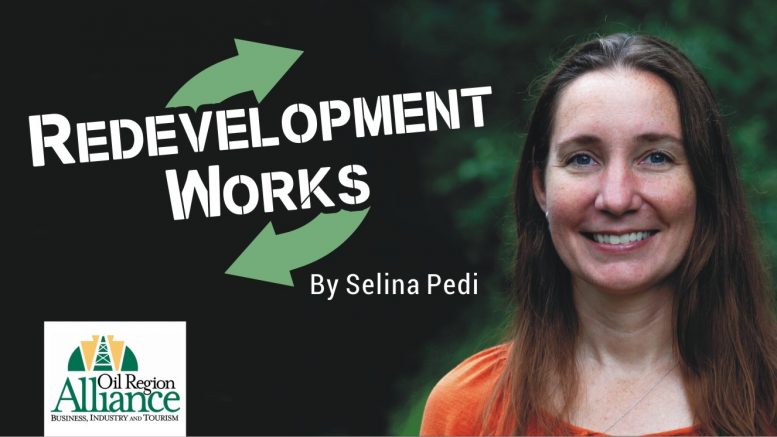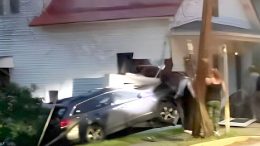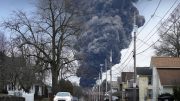Today I’d like to give you a sneak peek behind the scenes of one of the most involved and hard-hitting parts of redevelopment work. This is an area that most folks don’t get the chance to experience, a hidden world of back-room meetings and urgent phone calls, where select teams of highly trained experts, speaking a nearly indecipherable language, scramble to solve some of the grimmest, grimiest problems facing our communities. So buckle up, because we’re about to dive headlong into the thrilling world of… environmental assessments!
No, no, please don’t close the story, or fall asleep. I’m serious!! First of all, you can’t have the flashy, visually exciting remediation and redevelopment of a brownfield site – with the resultant new amenities, jobs, and opportunities – without knowing exactly what’s going on beneath the surface and how to fix it. And secondly, well, there are a LOT of moving parts in the earliest stages of a brownfield project, and it can get pretty crazy! I hear myself giving status updates sometimes and realize I probably sound like a loon to anyone who doesn’t speak the lingo.
 After all, the urgency of getting the QAPP and SAP reviewed by PADEP and EPA so that we can complete our ECI, especially of NAPL or sub-surface BTEX, or even PCE or PCBs, and move on to the ISRP… well, it can sorta get lost in translation. At the same time, eyes glaze over when you start spelling out Quality Assurance Project Plan, Environmental Concerns Inventory, or Non-Aqueous Phased Liquids. All of this is pretty juicy stuff, though, once you get past the acronyms or the tongue-twisting words and phrases they represent.
After all, the urgency of getting the QAPP and SAP reviewed by PADEP and EPA so that we can complete our ECI, especially of NAPL or sub-surface BTEX, or even PCE or PCBs, and move on to the ISRP… well, it can sorta get lost in translation. At the same time, eyes glaze over when you start spelling out Quality Assurance Project Plan, Environmental Concerns Inventory, or Non-Aqueous Phased Liquids. All of this is pretty juicy stuff, though, once you get past the acronyms or the tongue-twisting words and phrases they represent.
Okay, maybe not juicy, at least not for everyone, but it is important. We need to know what we’re dealing with, what sort of contaminants are in the soil, in the groundwater, or even being released into the air, before we can figure out the best way to clean up and transform a derelict brownfield into a useable space again, and we need to have a realistic, practical, and strategic method of sampling and testing for those contaminants. It’s all a process, and there’s a fair bit of tedious paperwork, but it’s all crucial, even if not truly thrilling to most folks.
I fully admit that I do find this sort of thing thrilling – wondering just what is lurking out of sight, then coming up with a plan to uncover the dirty truths of a brownfield site. The paperwork… not so much… but it’s a necessary part of the journey. We’ve just finished the SAP (Sampling and Analysis Plan) for the former Kraft site in Oil City, and at a whopping 647 pages, you can bet we’re leaving no stone unturned. We’re also lining up a new Phase I ESA (a preliminary assessment of potential or existing environmental contamination) for the former Quaker State site in Emlenton, an important step toward remediation and reuse.
We’re now six months into a three-year process, so if you find all of this thrilling as well (or even mildly interesting), please feel free to reach out with any questions about the process and next steps!
Selina Pedi is the Oil Region Alliance redevelopment manager. She can be reached by email at spedi@oilregion.org.















































